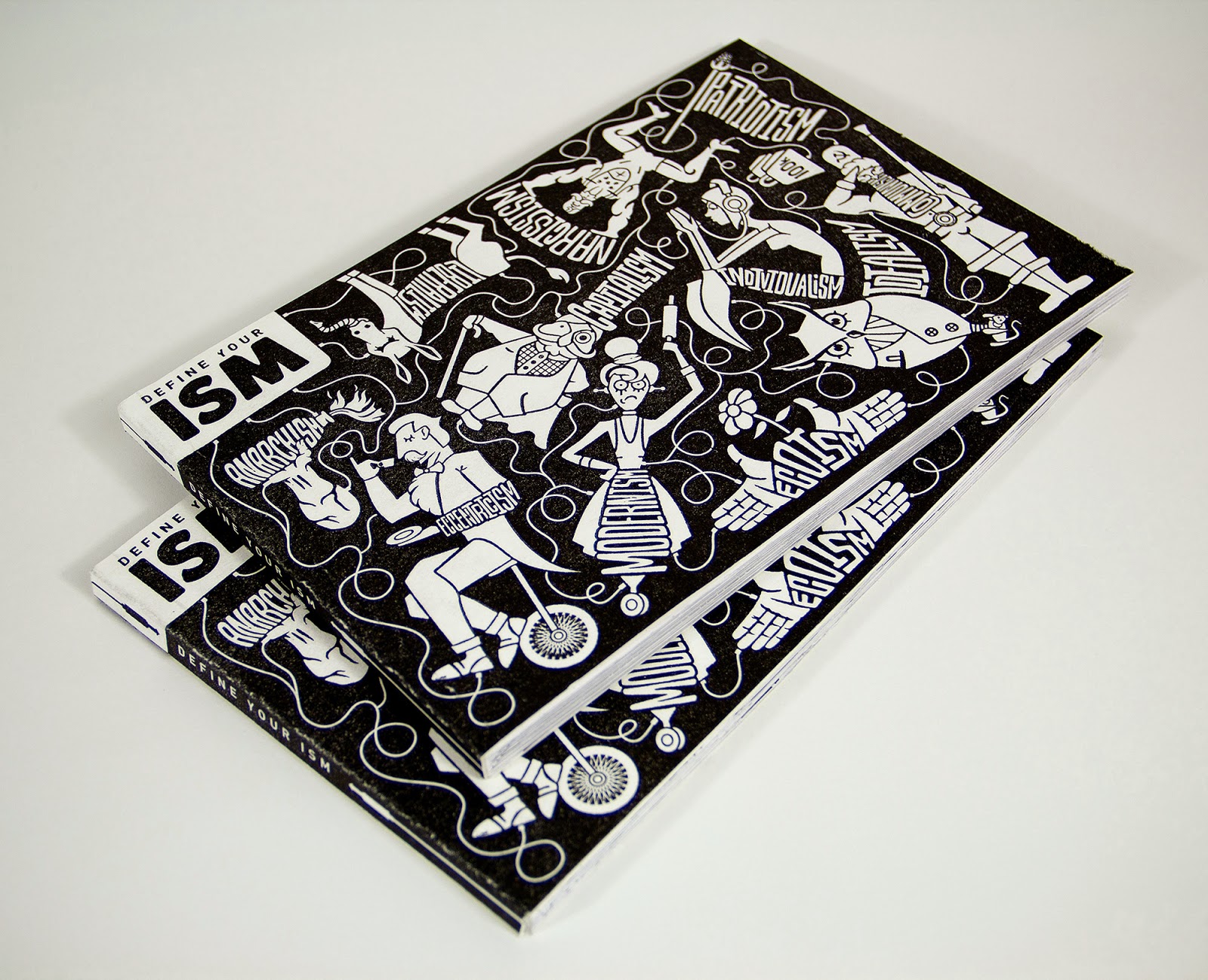Depending on the type of work that you make, this could be one of the most awkward introductions you might face. The lines between art fields can get pretty blurry sometimes. More often than not, the person asking is really looking for a term that they know: painter, sculptor, drawer, graphic artist, etc. But what if you do several of them? How do you answer then?
In this entry, I’ll discuss the differences between a few artist classifications. I’ve also designed set of informative graphics that explains their differences by using funny food analogies. Check out the different classifications. Which one describes you?
There are key differences when discussing the many fields of research in art (aka ‘disciplines’). You may have heard terms such as multidisciplinary, mixed-media, and interdisciplinary. Among others. As you can probably guess, multidisciplinary means multiple disciplines. But what about interdisciplinary or the far more mythical sounding transdisciplinary artwork?
If you’re confused, don’t worry. There are discrepancies defining these phrases even among those of whom practice them. That’s because these fields are relatively new in the larger scope of art-making. The best way I’ve found to explain these differences is to break down the words into bite-sized bits of information. Though I’ve taken considerable measures to cross-reference my definitions, they can be argued if one was to feel so inclined. As with most contemporary art perimeters.
Keep in mind that these terms are being generalized and are used to explain a wide range of art starting from the approachable world of painting to the very complicated boundaries that make up the world of installation art. In addition, each category has its merit and placement in the art community. No one category is better than another as a whole. Another thing to remember is that the included diagrams measure each category against the full range of disciplines; from one field to many fields blended together.
Single (mono)Disciplinary Artist
Naturally, an artist who specializes in a single discipline doesn’t go around suggesting that they’re monodisciplinary. Instead they just state their discipline as their classification. A painter is a painter, a sculptor is a sculptor, etc. This type of artist is specialized in a given field and generally spends a great deal of time researching that area and the materials belonging to that area. The diversity of research into other fields of expertise is fairly limited, but that’s ok. There’s a lot to be said for spending a lifetime perfecting a specialized skill.
Pro Tip: Let’s say your main focus is sculpture, but you occasionally dabble in painting. Save confusion by just saying you’re a sculptor and see where the conversation leads. Dabbling doesn’t show enough of a significant prowess in other fields to merit the possible uncertainty caused by over-explaining at the very beginning of a conversation. It does however mean that you have a healthy amount of interest that can be expressed if/when the time comes. Let the conversation develop naturally around the one field before describing that ‘painting you did that one time’.
Mixed-Media Artist
A mixed-media artist mixes several medium together to make a piece of art within a single slightly hybridized field. Example: photo collage that has been drawn/painted on. This is still considered a 2-D work similar to a painting, but made out of a mixed selection of media. The skill level can be high, but depth of research into each medium process isn’t necessarily deep in comparison to other multi-medium fields.
Multidisciplinary Artist
By definition, multiple disciplines. Often interchanged with multimedia artist (varies as to if this is a proper interchange), this area of expertise has begun to blend several disciplines together to form an altogether new field. A multidisciplinary artist has a wide knowledge-base that is deeply invested in range of materials, how those materials are used together, and the processes inherent to those materials. There’s a fairly diverse set of research backing material as well. Many contemporary artists fall into this category. This category encompasses much of the work that isn’t easily contained by the normal categories of art-making.
Interdisciplinary Artist
‘Inter’ as a prefix means ‘together’ or ‘mutual’. In other words, varied disciplines working together mutually. This is wider and more thorough blending of concept, philosophy, process, tools, and more. By this point, dabbling is a thing of the distant past. A person or a team of people who are interdisciplinary use a skilled philosophy or knowledge from several fields to solve problems that are outside the scope of the traditional boundaries. Other academic and practical fields are often used as sources of influence.
Researcher: Lisa Lee Muldrow
Source: Ggillart
Registered









.jpg)


